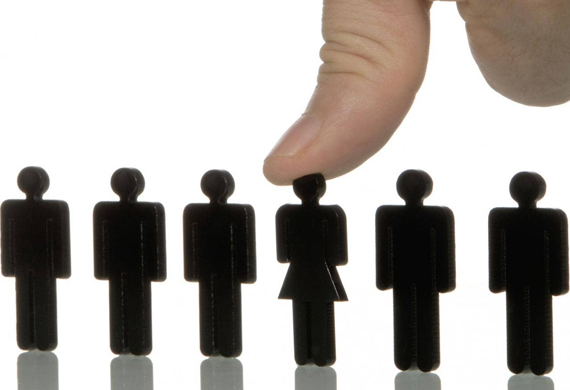
What's Holding Women Back From Employment?
By: Navyasri, Writer, WomenEntrepreneurIndia
India's female labour force participation rate is among the lowest in the world, and it has remained stagnant over the past decade. According to the latest NFHS poll, women still make up a much smaller percentage of the workforce than men. Here’s an in-depth look into the issue.
In South Asia, women are significantly less likely than men to have or seek employment. While let’s say 80 percent of men in the region are working or looking for work, only 32 percent of women are employed or looking for work. These low percentages are largely due to gender stereotypes and cultural attitudes.
However, women's participation in the labour market is declining in several parts of South Asia, and it is increasingly being recognised as one of the key reasons for the slow rise in employment. India is one such country. India's female labour force participation percentage declined.
According to the latest data of the Ministry of Health & Family Welfare's National Family Health Survey Repot-5 (NFHS 2019-21), almost 75 percent of men in the age group of 15-49 years are currently employed, three times greater than women in the same age group.
The NFHS-5 polled around 6.37 lakh households in 707 districts across 28 states and eight UTs, totaling 7,24,115 women and 1,01,839 males.
"About 25% of women between the ages of 15 and 49 are currently employed, compared to 75 percent of men between the ages of 15 and 49. Less educated persons have a higher rate of employment. With fewer than 5 years of education, approximately 89 percent of males and 34 percent of women are working. There are roughly 87 percent men and 34% women in the population.
The report was released on Thursday by Union Health Minister Dr. Mansukh Mandaviya at the 'Swasthya Chintan Shivir' in Vadodara, Gujarat.
The NFHS-5 provides vital information on a variety of new and emerging concerns such as reproductive and child health care, fertility and family planning, adolescent and female menstruation hygiene, employment, occupation, women's empowerment, and domestic abuse, among others.
Around 70 percent of women and 19 percent of males said they were unemployed in the 12 months prior to the study. Every state has a lower percentage of women employed than men, according to the survey.
Since 2015-16, current employment levels have marginally increased for women. “24 percent of women were currently employed in 2015- 16, compared with 25 percent in 2019-21. Among men, the proportion who are currently employed has not changed in the same period," noted the report.
The states with the lowest percentage of women employed include Bihar (14 percent), Uttar Pradesh (17%), and Assam (18 percent). In Karnataka (35 percent) and Andhra Pradesh (37 percent) and Telangana (39 percent) and Manipur (40 percent) and Meghalaya (40 percent) respectively, more over one-third of women were employed (42 percent ).
Women and men with 10-11 years of education, never-married women and men, women and men without children, and women and men in the highest wealth quintile are all less likely to be working.
The national report also includes statistics broken down by socioeconomic and other factors that are useful for policy formation and programme implementation.
What’s holding Women Back?
From wage disparities to social prejudices, Indian women confront numerous challenges to enter the labour force. The Indian economy is still severely gender stratified, and women have not reaped the full benefits of the country's rapid economic growth.
India's female labour force participation rate is among the lowest in the world, and it has remained stagnant over the past decade. This has been ascribed to societal views favouring early marriages over jobs and education, as well as a widespread dislike of working women and a lack of adequate job possibilities for them. Women are still disproportionately employed in low-wage, low-value jobs.
Finding a job is far more difficult for women than it is for males all around the world. When women are working, they are more likely to labour in low-paying jobs in dangerous environments, with little hope of improvement in the near future.
Women have a more difficult time finding work than males do. While both men and women work in dangerous jobs, women are overrepresented in particular types of vulnerable jobs: men are more likely to work in own-account employment, while women are more likely to help out in their houses or relatives' companies.
Why does Gender Gap Matter?
Human welfare depends on the ability to work freely, in conditions of dignity, safety, and justice. Ensuring that women have access to this right is a significant goal in itself.
Reducing gender disparities in labour force participation might improve global GDP by a significant amount. The places with the greatest gender disparities would benefit greatly from increased growth. Many industrialised countries' average annual GDP growth would also rise, which is noteworthy during periods of low economic development.






